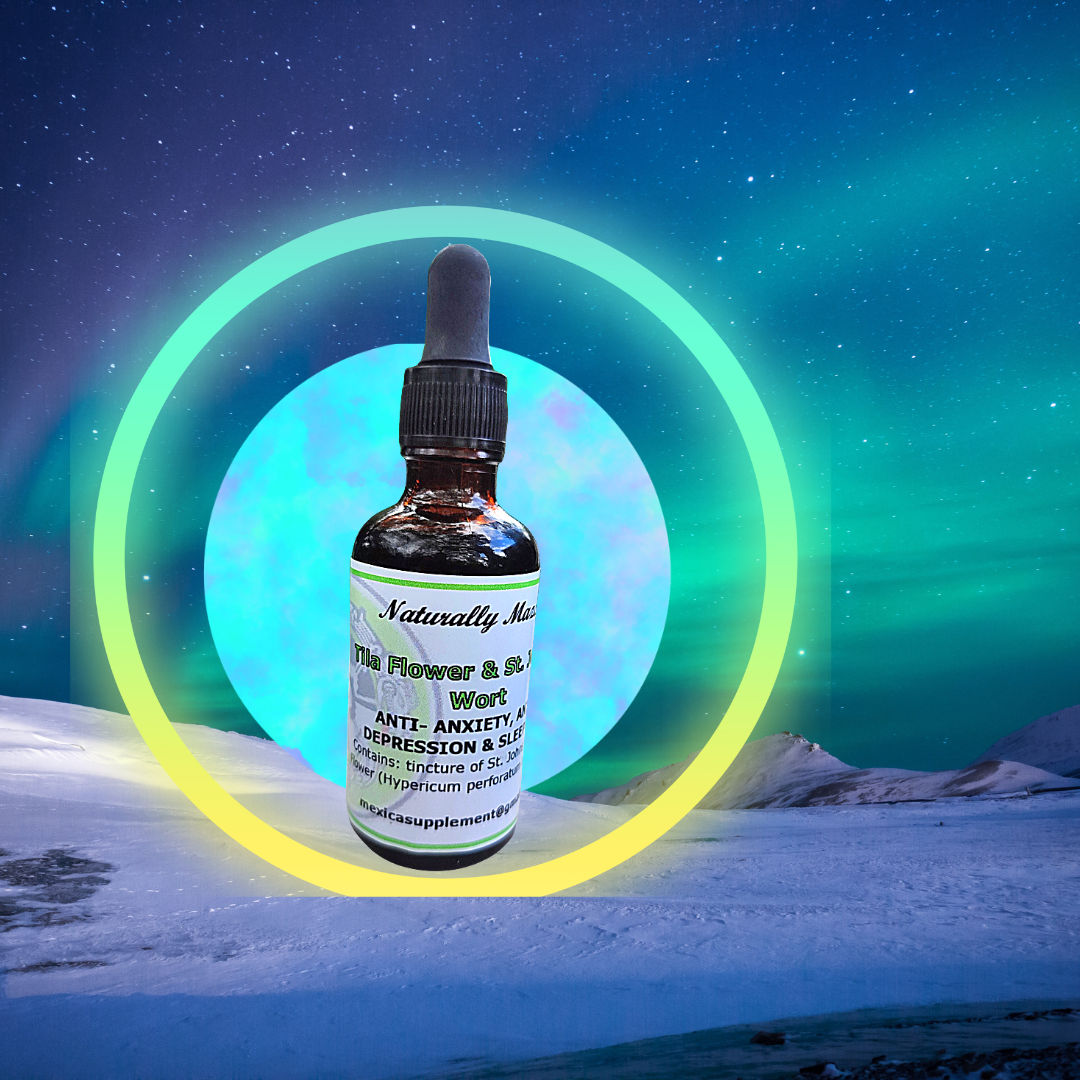Tila Flower & St John Wort
SKU 7000822126-400
$450.00
Size
In stock
Save this product for later
Tila Flower & St John Wort
Product Details
Weight: 1.69 g
Because the FDA has not approved either of these plants for medical or healthcare use they are not allowed to be promoted for these these purposes. There are volumes of information on these as well as other herbs that have claimed to offer benefits in treating a variety of conditions or preventing others, but until the FDA approves their use we do not promote their use, but provide information on the history of these herbs, their many perceived claims, and the variety of ways people have used them through centuries. The Tila is well known because it is the main ingredient of linden tea which is popular today in western countries, especially Great Britain, Canada, and the US.
Many believed that nature came to the rescue in the middle ages when it was thought the tila flower had a number of usesful purposes being first used to promote sweating, then treat flu, coughs, headaches, nervous tension, ingestion, spasms, liver and gall bladder disorders, diarrhea, and control blood pressure. Others with sleep depravation issues who were convinced that the power of the tila plants could help, Later others wanting to avoid chemically produced products sold over the counter also believed this was a better alternative. This combination of flowers is one of the most potent treatments without a prescription that is available. Other uses with a much smaller amount of the Tincture include:
- Stress reduction and creating the ability to relax much quicker and lasting longer without a drugged effect.
- Cancer fighting properties of Flavonoids are abundant in Tilia flowers, and iroside, quercetin, and kaempferol are also present in different stages of growth of the tree.
- Reduce pain and swelling by up to 25% in some people who were participants in a recent study.
- Reducing the length of a common cold is one possible benefit which is being studied. Some insist it increases the ability to sweat which rids cold symptoms faster. More research is being conducted to verify the claim.
- Tiliroside, rutoside, and chlorogenic acid which are produced naturally in the tree are agents which reduce blood pressure which has spurred more testing to validate this possible benefit, but no one should ever discontinue their current treatment without the recommendation of their doctor, and remember neither of these have been approved for medical use by the FDA,
- Compounds believed to be in the tree have lead many to assume that the ingredients contained in the Tilla make it a natural substitute for prescription sleeping medication.
- Reduces stomach discomfort. A steady diet of drinking a small amount may help prevent ingestive diarrhea for those suffering from this and at the same allow a better night's sleep, followed by a less stressful following day. because of the added rest.
Side Effects
Because the linden flower is cardiotoxic, it should not be taken by anyone with a history of heart disease, and women who are pregnant are encouraged not to use it at all. Other reported side effects are symptoms similar to allergies. For any others taking this Tila or Magnolia do not ingest more than 2-4 grams per day maximum.
Credits
Display prices in:MXN

